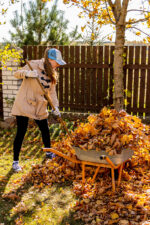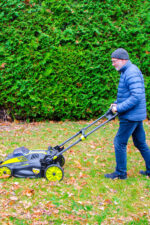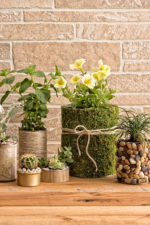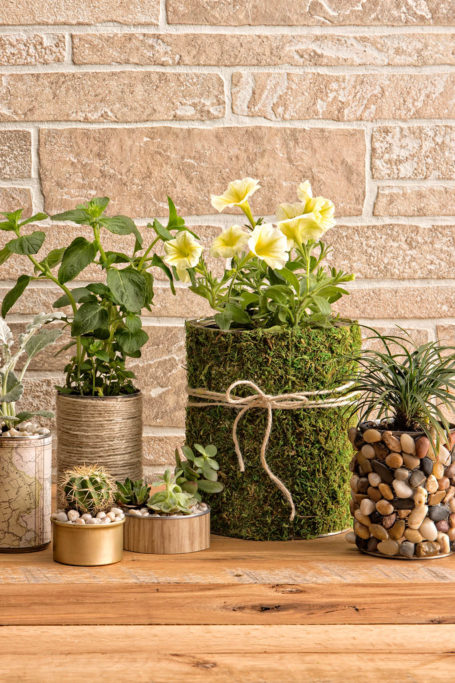How to Keep Wildlife Out of Your Garden
After months or even years of work on your garden and landscaping, there is nothing more frustrating than the local wildlife devouring your plants, vegetables, and fruit. Deer, rabbits, and groundhogs will all enjoy the buffet in your yard. However, the following tips will help prevent animals from making a meal of your greenery and produce.
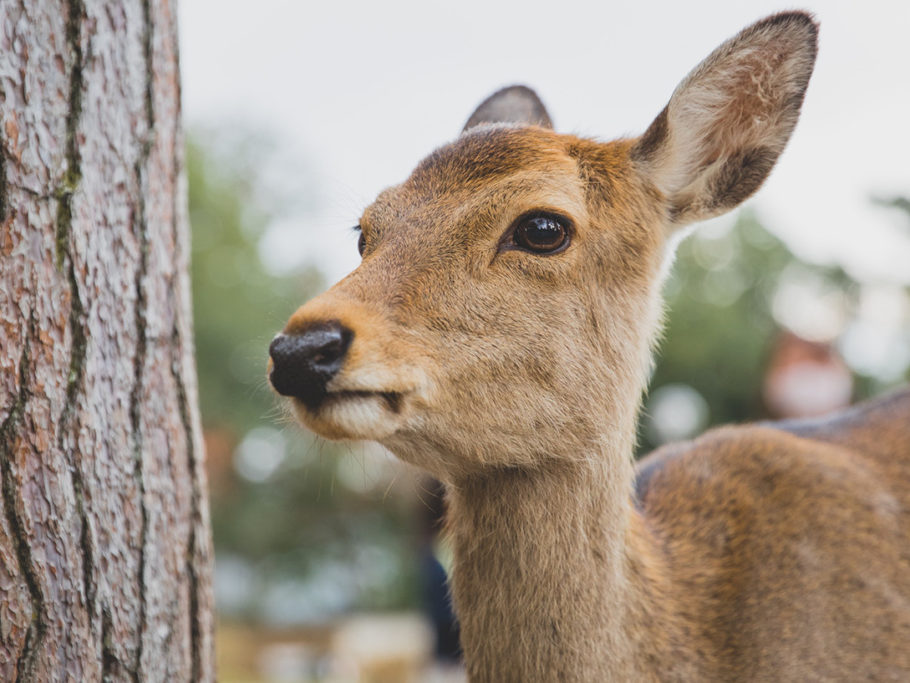
Deer
If you notice deer are beginning to use your yard as a feeding area, one of the first steps to deter this behavior is to startle them away. Add items such as scarecrows, windchimes, spotlights, or garden decorations with moveable parts. Another option is motion-activated sprinklers; a quick spray of water is all you may need to scare deer away for good.
However, if deer persist, you may need to install a fence. Deer tend to be excellent jumpers, so the fence will need to be at least eight feet high. If you prefer a more natural option, plant thick hedges that double as deer repellent around the outside of your garden. Boxwoods, juniper, and spruces are great options for this.
Certain smells can also deter deer away from your yard. If you own a dog, allow it to roam your yard—its scent will linger hours after it has gone inside. You can also spread human hair around your garden, as well as hang a bar of scented soap in a sock from a tree or shrub.
If you’re getting ready to plant new flowers or produce, try to plant them closer to your house to help you keep an eye on them and use the noise from your home as a deterrent. Also, if deer are munching on your landscaping or garden, add deer-resistant vegetables and plants. The vegetables deer tend to avoid include:
- Asparagus
- Cucumber
- Onion
- Eggplant
- Artichoke
- Rhubarb
- Fennel
Deer-resistant plants and flowers include:
- Signet marigold
- Snapdragon
- Dusty miller
- Bleeding heart
- Hens and chicks
- Yucca
- Monkshood

Rabbits
Like deer, a surefire way to keep rabbits out of your garden is to install a fence around the perimeter. It doesn’t even have be too tall—a one-foot-high fence should be enough to keep rabbits out. You can also add individual cages around plants rabbits enjoy eating.
You can scare rabbits away by adding items that mimic their natural predators. Rubber snakes and owl statues are both great options. Rabbits have a distaste for certain scents so sprinkle some ground cayenne pepper and spread it around the perimeter of plants you want to protect.
Finally, if you can’t get rid of them, consider giving rabbits a spot in your yard to chow down. Find a location away from your garden to plant clover or alfalfa. They’ll eat enough in this area that they may not even bother with your vegetables or plants.
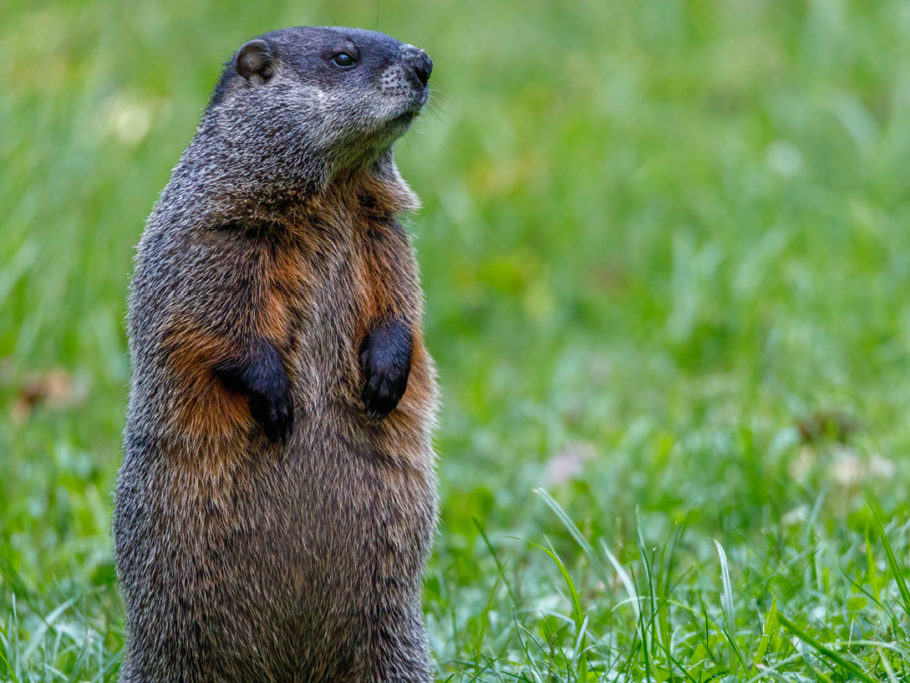
Groundhogs
These pesky rodents tend to be easily frightened; adding items like wind chimes, pinwheels, or any other decorative yet functional objects that move and make noise can scare groundhogs away.
Fencing is a great way to keep groundhogs from munching on your plants and veggies; your fence should be at least three feet high. You’ll also want to make sure the fence is a foot deep into the ground to prevent tunneling.
You can also try planting lavender around your garden. While the smell is pleasant to humans, groundhogs detest the scent. Herbs such as basil, thyme, sage, mint, and oregano will also discourage groundhogs from entering your garden. Lastly, pouring soiled kitty litter near a den hole can force the woodchuck to relocate, as the litter smells like a predator.
While there are plenty of animals you don’t want in your yard, there are others you’ll welcome. Use these tips to attract butterflies to your garden throughout spring and summer.



